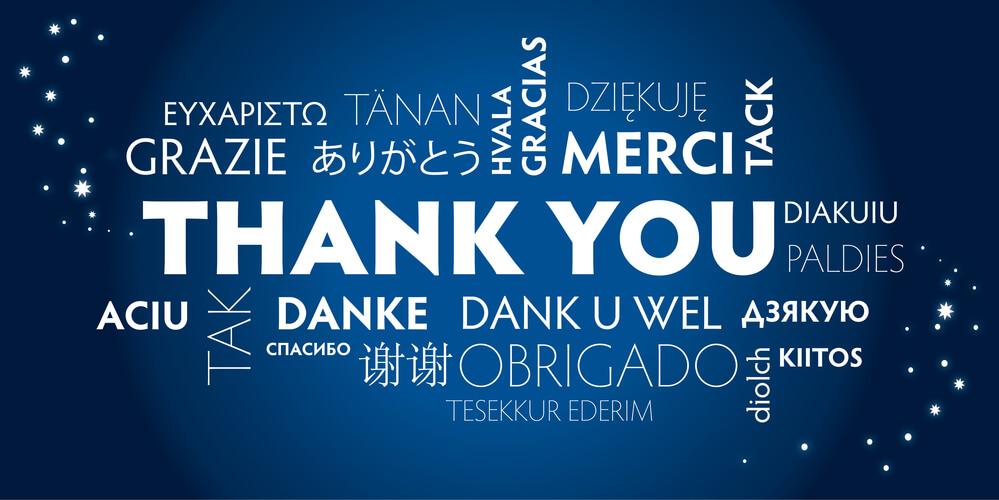Similar to how basketball is one of many sports, translation and localization are the same. The process of translating a piece of writing from one language to another. A wide range of methods, including translation, are involved in localization to adapt content to a new cultural context. The United States and the United Kingdom speak the same language, although many English words have different meanings in each country. Considering localization will help you prevent any linguistic missteps. The localization process identifies the core of a message and locates the most appropriate words to use. In response, localization works to adapt content for specific regional and cultural audiences.

Translation and Localization: Important Aspects
While translation involves converting your text into another language, localization involves a broader procedure. The process considers the linguistic, cultural, and technical challenges when adapting a website for international audiences. The translation is indeed only one component in localization.
Let’s dig deeper and find out the difference between translation and localization.
Translation of Website
The term “website translation” refers to converting the source language version of web content like text, video, eBooks, or apps into the desired target language. As a result, a translation project for your website will modify the preexisting information on your site to produce grammatically correct sentences in the target language. When translating, it’s essential to maintain the same voice and tone as the original while also considering the target audience.
Localization of Website
Website localization is a more nuanced approach to tailoring your site’s content and apps for users in a particular location. It’s more than just translating the information into the target language; it also tailors the site’s design to the target audience’s cultural norms and expectations.
You could reach a wider audience with a localization project for your website. To accommodate for cultural differences, it may alter the voice of your text or replace specific idioms or phrasing. Similarly, the size of buttons and other graphical components may need to be adjusted or expanded to account for the varying lengths of words and phrases in various languages. Some technological adjustments may be made to facilitate the use of the site by foreign visitors.

Trends of Translation and Localization in 2023
This is a great time to be in the language business. Since this is the case, it’s easy to see why this sector’s digital version has expanded rapidly in recent years. Although translation services have existed for decades, their significance in today’s globalized society is undeniable. There are some important causes for this:
- Companies can now conduct business anywhere in the world. When a company expands into a new market, it must adapt its content to the culture of that area. This calls for reliable multilingual translation and localization services.
- Mobile phone usage has increased. Since more people are accessing the internet via smartphones and other mobile devices, there is a rising need for content that has been translated into those languages.
- An increase in social media. Distributing regionally specific content can be accomplished most efficiently using social media.
- The utilization of machine learning is on the rise. There is room for machine learning to contribute to translation efforts, but it has yet to be ready to replace human translators.
- The need for expert translation and localization services will only increase as these tendencies persist. Keeping up with the competition requires making your products and services available to customers worldwide. The market for language services is thriving and is expected to expand further.

Localization goes beyond Translation.
The translation transforms content from one language to another while maintaining the integrity of the original text’s grammar and syntax. An exact word-for-word translation is impossible; therefore, a more involved procedure is used to consider both languages’ norms and conventions.
Many types of papers require translation services, including but not limited to user manuals, medical records, technical publications, manuals, and scientific journals and literature. Translators must perform accurate work to ensure the target language’s message retains the source text’s original sense.
In comparison, localization goes beyond simply translating the content into another language. Modifies your message for the people hearing it in their native tongue. Web and mobile app development, software, video game development, multimedia production, and voiceovers all benefit from localization.
The process of localization includes many more stages than just translation. An excellent team of translators is crucial for effective localization. Still, you’ll also need to collaborate with local marketers and consultants to ensure compliance with cultural norms and statutory requirements in each target market.
Your company will need more than just a simple translation to break into other markets. To get the respect of the local population, you must adapt your content to their language and culture. To make a sale in a foreign market requires more than just fluency in the local language. That requires you to craft a unique message tailored to the tastes of each region.
Activity is fueled by localization.
Instead of simply translating from one language to another, localization uses terms and terminology that will significantly impact target markets. However, localization is more convincing to many multilingual clients than region-neutral translations.
Consider the distinctions between “trousers” and “slacks,” for instance. The two phrases mean the same thing, but one is much more widely used in the United Kingdom than in the United States.
Similar to the differences between British and American English, these subtleties often need to be understood when translated verbatim. Culture and local tastes have subtleties that cannot be translated directly. Your brand’s chances of being well-received in a particular market enhance when you use language tailored to that market.
However, there is more to localization than just translating words. Expert marketers frequently alter their multilingual websites to emphasize regional holidays, events, or traditions. This demonstrates familiarity with the local market’s culture and can swiftly win over new customers.
Other forms of localization include tailoring advertising to individual markets or developing credible messaging for entry into uncharted markets.
It is usual for a business to face initial distrust from locals when entering a bilingual market. Customers in a specific area may question a company’s dedication to meeting their demands. Brands that use localized content don’t come off as exploitative; instead, they come across as genuine.
Helpful Hints for Translation and Localization
There are some essential things to consider while localizing or translating information. Some advice is as follows:
- If you need a translation done, hire a reputable firm. It’s important to remember that not all language services are made equal. Be sure to look around and select a firm that has handled projects similar to yours and in the target language.
- Respect cultural norms and normative. It’s crucial to keep cultural variations in mind when translating content for a foreign market. One culture’s tolerance for offensive language or behaviour is another’s standard operating procedure.
- It’s essential to monitor language shifts. It’s crucial to keep up with the latest idioms and lingo fads as languages develop. Keep up with the latest linguistic developments to maintain an advantage.
- Get started on localization as soon as possible throughout development. It would help if you began preparations for localization as soon as feasible. Better outcomes can be expected on launch day if more time and effort are spent on translation and localization services before the project is finished.
How have you dealt with difficulties in using localization and translation services? Post your thoughts below!
Should I invest in a translation or a localization?
On a practical basis, there are distinctions between website translation and localization. A literal translation may be sufficient for some content kinds and some markets. Adapting highly emotive, imaginative marketing content that resonates across regions requires localization.
There are many kinds of material on your site, from promotional writing to official documents to user-submitted discussions. To save time and money, carefully examine what material needs to be localized and where you can get by with a simple translation. Instead of trying to parse every nuance of every comment posted on the company blog, it would be more productive to concentrate on developing effective promotional materials.
Before settling on the optimal format for your material, you need to consider who you’re writing for and what you hope to accomplish. Other factors to consider include volume, update frequency, longevity, and costs. Several possibilities exist, albeit they depend on your chosen LSP’s strengths. In addition to providing a wide range of services, your LSP should be able to provide guidance on which areas of your site need localization.

Conclusion:
Businesses of all sizes, from startups to multinationals like Apple, can benefit from expanding their international fan bases by investing in translation and localization services. The addition of localization to your content can also increase sales. By adapting their content to readers’ needs in other countries, businesses of all sizes can expand their consumer base and maintain their position in the market.




